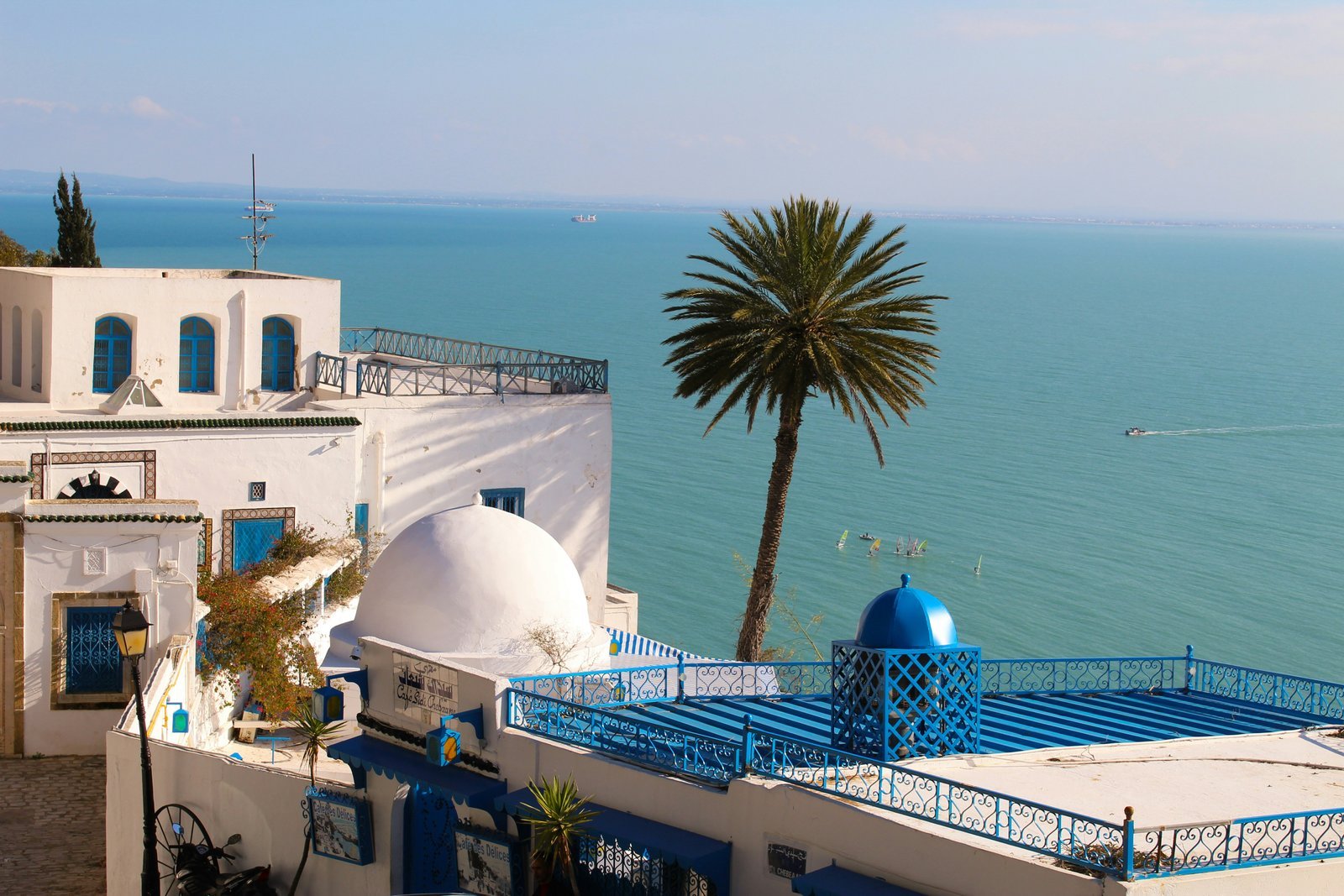
Introduction
The Tunisia national anthem, known as “Humat Al Hima” or “Defenders of the Homeland,” is a powerful and inspiring ode to the country’s history, culture, and people. With its rich lyrics and stirring melody, the anthem has become a symbol of national pride and unity for Tunisians.
Lyrics
The complete original lyrics of the Tunisia national anthem are as follows:
“Humat Al Hima,Wa l’ghaïthou fidaï,Qoum fi ‘ahdi el jazair,Li tounadi el djaïch el hor,Li tounadi el djaïch el hor,Li tounadi el djaïch el hor.
Khoudh el ‘âhd el jadid,Ya qamar el ‘âlam,Li tounadi el djaïch el hor,Li tounadi el djaïch el hor,Li tounadi el djaïch el hor.
Wa qad sami’tou el qanoun,Wa qad sami’tou el qanoun,Wa qad sami’tou el qanoun.”
Significance
The Tunisia national anthem holds great significance for the Tunisian people. It serves as a reminder of their struggle for independence and their ongoing commitment to defending their homeland. The anthem’s lyrics express a deep sense of patriotism and honor, inspiring Tunisians to stand united and protect their nation.
Historical Context
The Tunisia national anthem was adopted in 1957, shortly after Tunisia gained independence from French colonial rule. The lyrics were written by the poet Mustafa Sadik Al-Rafii, while the music was composed by the musician Mohamed Abdel Wahab. The anthem was chosen to represent the spirit of the Tunisian people and their aspirations for freedom and self-determination.
Contemporary Relevance
Even today, the Tunisia national anthem holds immense contemporary relevance. It serves as a reminder of the country’s rich history and the sacrifices made by previous generations to secure independence. The anthem is often performed during national events, sporting competitions, and official ceremonies, evoking a sense of unity and pride among Tunisians.
Furthermore, the anthem’s lyrics continue to inspire Tunisians to uphold the values of freedom, justice, and equality. It serves as a symbol of national identity and encourages citizens to work together for the betterment of their country.
Other Relevant Information
In addition to its historical and cultural significance, the Tunisia national anthem has been recognized for its musical composition and lyrical beauty. The melody, composed by Mohamed Abdel Wahab, is both powerful and emotive, capturing the spirit of the Tunisian people.
Moreover, the anthem’s lyrics reflect the country’s diverse heritage and the unity of its people. The use of Arabic language and references to historical events resonate with Tunisians of all backgrounds, fostering a sense of belonging and shared identity.
It is worth noting that the Tunisia national anthem is a source of pride not only for Tunisians living within the country but also for those in the diaspora. It serves as a powerful reminder of their roots and a symbol of their connection to their homeland.
In conclusion, the Tunisia national anthem, “Humat Al Hima,” is a testament to the resilience, unity, and patriotism of the Tunisian people. Its lyrics and melody continue to inspire and uplift, reminding Tunisians of their history, values, and the importance of defending their homeland. As an enduring symbol of national pride, the anthem holds a special place in the hearts of Tunisians, both at home and abroad.

One thought on ““Humat Al Hima”: The Inspiring National Anthem of Tunisia”